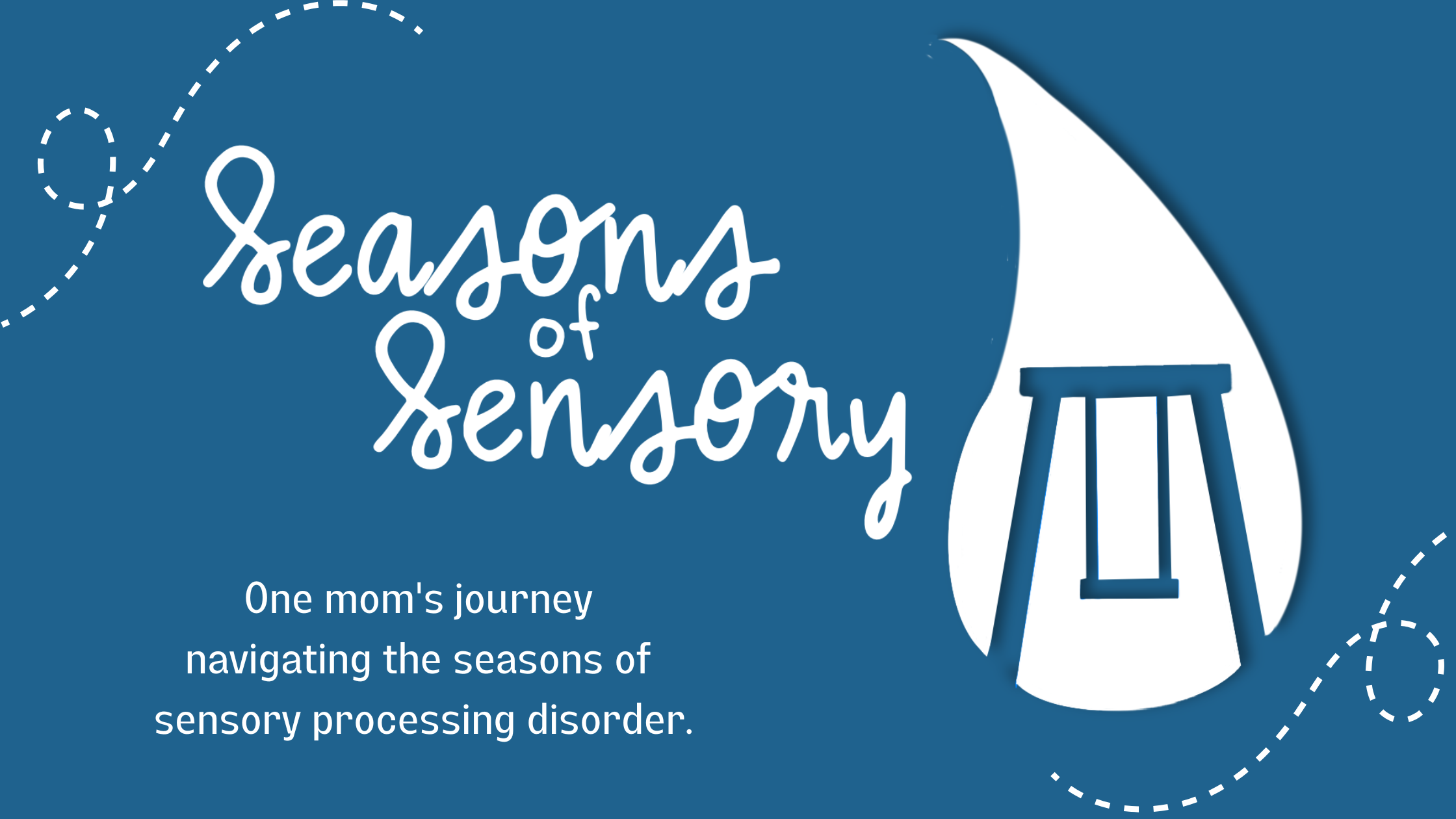Beyond all things pumpkin spice, Fall brings the excitement of a new school year, reuniting with friends and teachers and the delight of a backpack full of school supplies. For children who struggle with functional transitions, it is important to develop a routine and schedule to ease the anticipation of so many changes happening at once.
By decreasing anticipation, worry and anxiety, transitions are typically much smoother. Repetition is key—practice, practice, practice! Children who have difficulties with transitions may benefit from practicing their school routine days or weeks in advance. Following are suggestions for things to practice ahead of the school year, strategies for easing transitions, ideas for getting children the sensory input they need throughout the day and brain break ideas.
Things to practice ahead of the first day of school:
- Morning routine at home
- Walking/driving to bus stop and/or
- Walking/driving to school
- Lining up, practice
- Opening lunchbox
- Wearing mask for extended periods of time – practicing with a timer to increase tolerance (if masks are required)
- Meeting teacher
- Identifying what entrance they’ll use
- Touring the school
Strategies for easing transitions:
- Picture of family or pet inside desk, folder, pencil case, etc.
- Use simple language “first, then” statements
- First, we will walk to school, then you will line up outside and wait for your teacher
- Transitional item
- For example, a stuffed animal (small) that is used to help transition to school. It is given in the car or walk to school and then remains in the backpack until the end of the school day.
- Other transitional items include, matching bracelet with parents, picture of family, small toy/stuffed animal
- Sometimes transitional items can become a distraction so it is important to explain to the child the purpose and intent of this special
- Social story
- Sometimes actual/real images of the classroom, teacher, cafeteria, coat hook, desk, etc. can help ease the transition however, other kids may respond just as well to clipart images (See this Back to School Social Story for an example. Feel free to use this one, find another version online or create your own!)
- Going through the school routine (going to the school, driving/walking)
- Practice opening and eating from lunch box
Sensory Input and Brain Breaks:
Sensory input and brain breaks should be completed every 1-2 hours (depending on the child’s regulation needs). Breaks should be 10-15 minutes and should include heavy work activities (pushing, pulling, carrying, lifting, etc.). Sensory and brain breaks help to promote regulation and system calming by providing the body with heavy input to the muscles/joints. This can easily be incorporated directly into classroom activities, but should be discussed with the child’s teacher.
Sensory input during the school day:
- Chewy pencil toppers
- Drinking from resistive straw (CamelBak)
- Chewy cord bracelet
- Adaptive seating (wobble cushion, inflatable disk cushion, resistive band around chair, etc.)
- Stress ball
- Weighted lap pad
- Koosh ball
- Sensory fidgets
Brain Break Ideas:
- https://www.gonoodle.com/
- Chase Brain breaks on youtube (https://www.youtube.com/watch?v=TZO-yyJyTAQ)
- https://cosmickids.com/
- Jumping jacks
- Marching in place
- Wall push ups
- Chair push ups
- Animal walks (frog hops, bear walk, crab walk, etc.)
- Stress ball/putty/playdoh
Heavy work before/after school:
- Walking to school with extra “weight” in backpack (wipes, books, etc.)
- Riding bike or scooter to school
- Pulling wagon to school
- Playing with resistive objects in the car on the way to school (pop tube, Legos, Squigz, pop-it, etc.)
Wishing you and yours a wonderful school year!
Emily
